The Science Behind Hair Elasticity: Maintaining Hair Resilience | |
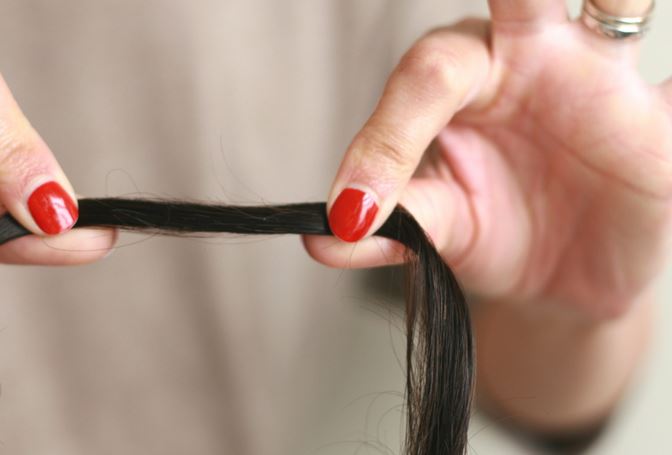
| |
When it comes to our hair, we all desire that perfect balance between strength and flexibility. Hair elasticity plays a vital role in achieving that goal. It determines how well our hair can stretch and bounce back without breaking or losing its shape. The science behind hair elasticity is fascinating, and understanding it can help us maintain hair resilience. In this article, we will delve into the depths of the topic "The Science Behind Hair Elasticity: Maintaining Hair Resilience" and explore the factors that influence it, effective maintenance techniques, and common FAQs associated with this subject. Factors Affecting Hair ElasticityTo comprehend the science behind hair elasticity, we need to explore the factors that impact it. Several key elements play a role in determining the elasticity of our hair strands: 1. Protein StructureHair is primarily composed of a protein called keratin. The arrangement and condition of this protein structure significantly influence the elasticity of our hair. When the protein bonds are intact and properly aligned, the hair retains its elasticity. However, external factors such as heat styling, chemical treatments, and harsh environmental conditions can damage these bonds, leading to reduced hair elasticity. 2. Moisture BalanceMaintaining an optimal moisture balance is crucial for hair elasticity. Our hair needs adequate hydration to remain supple and flexible. When hair lacks moisture, it becomes dry and brittle, resulting in reduced elasticity. On the other hand, excessive moisture can make the hair overly elastic and prone to breakage. Striking the right balance through proper hydration and moisturization is essential for maintaining hair resilience. 3. Hair PorosityHair porosity refers to the hair's ability to absorb and retain moisture. It is determined by the condition of the hair cuticle, the outermost layer of the hair shaft. If the cuticle is damaged or raised, the hair becomes more porous, leading to moisture loss and reduced elasticity. Understanding your hair's porosity level can help you choose the right products and treatments to improve its elasticity. 4. Chemical TreatmentsChemical treatments like coloring, perming, and relaxing can significantly impact hair elasticity. These treatments alter the protein structure of the hair, affecting its ability to stretch and retain shape. It is essential to be mindful of the potential consequences and take appropriate measures to minimize damage and maintain hair resilience. Maintaining Hair ResilienceNow that we have explored the factors influencing hair elasticity, let's delve into effective techniques for maintaining hair resilience: 1. Balanced DietA well-balanced diet rich in essential nutrients plays a vital role in maintaining hair health and elasticity. Include protein-rich foods such as lean meats, fish, eggs, and legumes to provide the necessary building blocks for strong and elastic hair. Additionally, incorporate fruits, vegetables, whole grains, and healthy fats to promote overall hair vitality. 2. Regular ConditioningProper conditioning is crucial to replenish moisture and maintain hair elasticity. Use a deep conditioner or hair mask at least once a week to provide intensive hydration and nourishment. Look for products containing ingredients like argan oil, shea butter, and keratin, as they help improve elasticity and restore the hair's natural resilience. 3. Protective StylingLimiting the exposure of your hair to damaging factors can help maintain its elasticity. Opt for protective hairstyles like braids, buns, or updos that minimize friction and reduce stress on the hair strands. Additionally, use heat protectant sprays and avoid excessive heat styling to prevent protein damage and preserve hair resilience. 4. Avoiding OverprocessingExcessive chemical treatments can weaken the hair structure and reduce its elasticity. Avoid overprocessing your hair and give it ample time to recover between treatments. If you must undergo chemical processes, consult a professional stylist and ensure they use high-quality products and techniques that minimize damage. 5. Regular TrimmingRegular trims are essential for maintaining healthy and resilient hair. Split ends and breakage can hinder hair elasticity, so trimming them off prevents further damage and promotes healthy growth. Aim to trim your hair every 6-8 weeks to keep it in optimal condition. FAQs (Frequently Asked Questions)
ConclusionUnderstanding the science behind hair elasticity is crucial for maintaining hair resilience and achieving healthy, vibrant locks. By considering factors like protein structure, moisture balance, hair porosity, and minimizing damage from chemical treatments, we can optimize our hair's elasticity. With proper care, a balanced diet, and mindful styling choices, we can keep our hair strong, flexible, and resistant to breakage. Remember to listen to your hair's needs, consult professionals when necessary, and embrace a holistic approach to hair care. | |
| Category: Hair Care | |
| Total comments: 0 | |
 |
| Understanding Color Correcting: A Guide to Concealers |
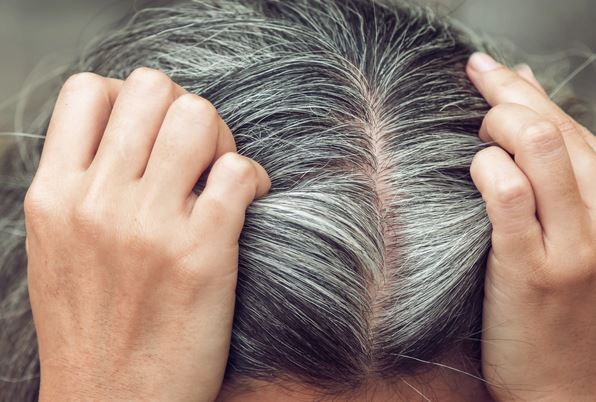 |
| Tips for Choosing the Right Hair Color for Gray Coverage |
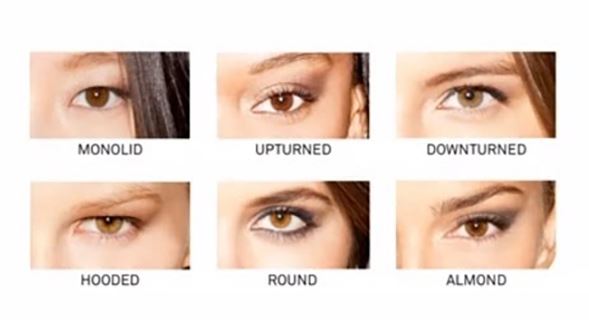 |
| How to Choose the Right Eyeliner for Your Eye Shape |
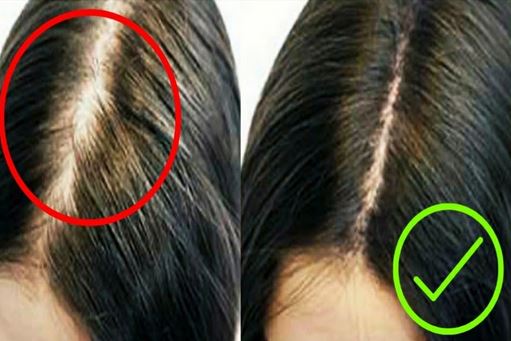 |
| Natural Remedies for Hair Thinning and Hair Loss |
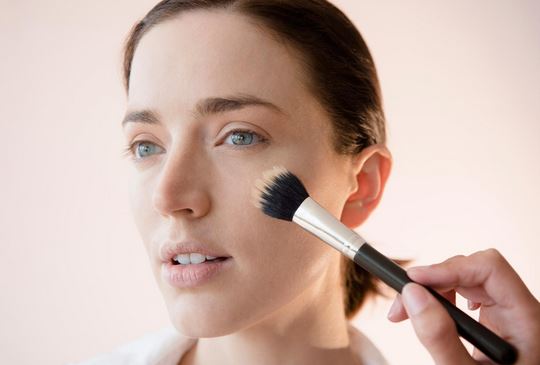 |
| Tips for Applying Makeup on Sensitive Skin |
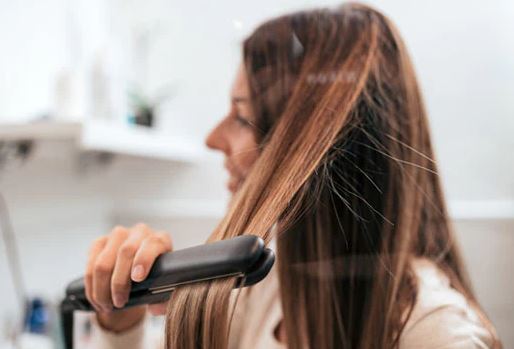 |
| Tips for Avoiding Hair Damage from Styling Tools |
 |
| The Power of Lipstick: Finding the Right Shade for Your Skin Tone |
 |
| From Day to Night: Transforming Your Makeup Look |
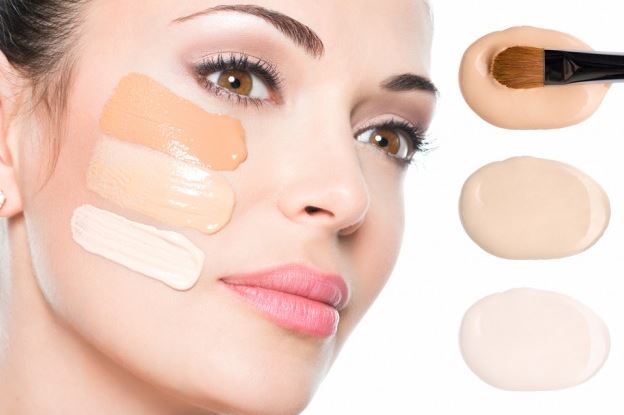 |
| Achieving the Perfect Base: Tips for Flawless Foundation Application |
